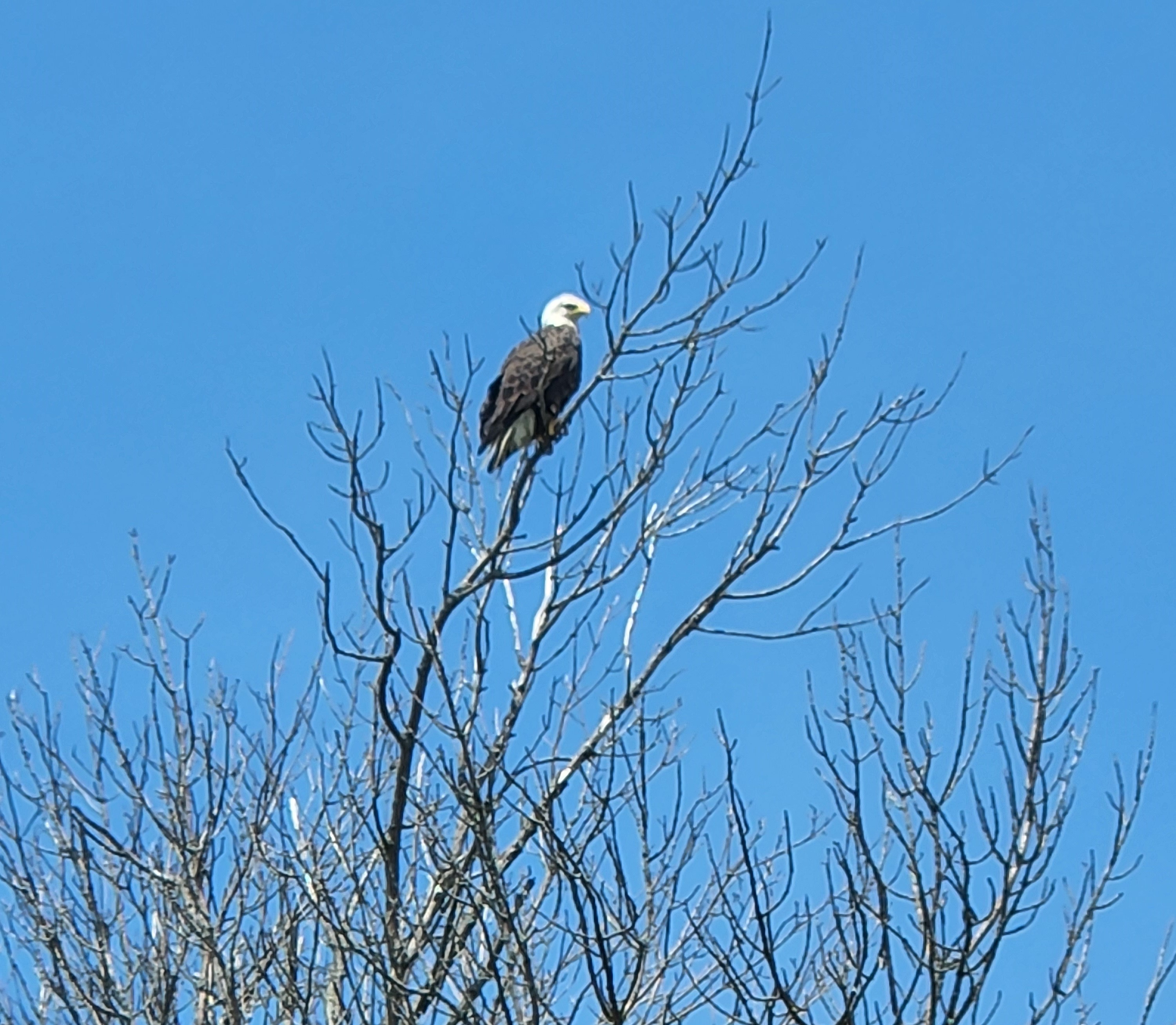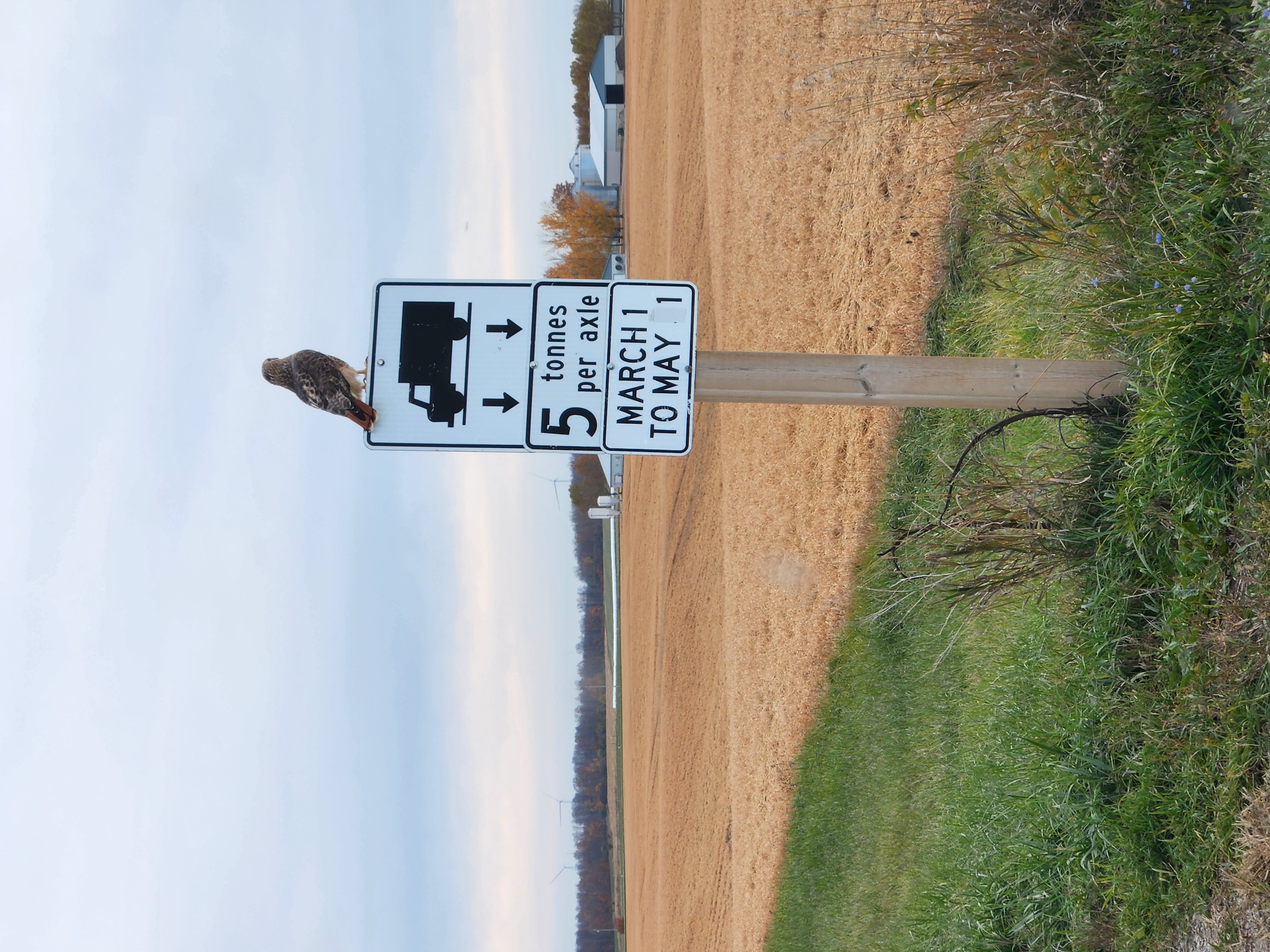Birding in the ‘Bend
Huron County is a birder’s paradise and Grand Bend, with its unique habitats ranging from Carolinian forests to shoreline and
sand dunes has been named a birding hotspot by the Ontario Field Ornithologists.
The area is part of the Mississippi Flyway bringing hundreds of species through the area each spring and fall including Common and Red-throated loons, numerous Raptors, Snowy Owls and the Tundra Swans. In fact, you can track the migration of the Tundra Swans at the Lambton County Museum website where the daily arrivals and departures of the birds are recorded. They leave their winter home in Chesapeake Bay, Maryland each spring and begin their 3000-kilometre migration to their breeding ground in Canada’s Arctic region. They typically begin to arrive around the end of February or early March and in busy years there have been as many as 15,000 birds resting on the nearby Thedford Bog where they refuel for their long journey.
The region is home to over 300 species of birds. In spring and summer, bird enthusiasts can see orioles, tanagers, warblers, grosbeaks and more. Bald eagles are a common sight near the shoreline and in the skies above Pinery Provincial Park, as the species enjoys a comeback in the area. In 1970 there were less than 10 breeding pairs left in Ontario and today it is estimated that there are more than 1400 pairs. Grand Bend and the Maitland River corridor are excellent places to find them.
grosbeaks and more. Bald eagles are a common sight near the shoreline and in the skies above Pinery Provincial Park, as the species enjoys a comeback in the area. In 1970 there were less than 10 breeding pairs left in Ontario and today it is estimated that there are more than 1400 pairs. Grand Bend and the Maitland River corridor are excellent places to find them.
In addition to the Pinery, there are several popular vantage points for birdwatching. The Grand Bend Rotary Nature Trail, the Old Ausable Channel and the shoreline are great starting points. Experienced birders give the reclaimed Grand Bend sewage lagoons great reviews for the variety of species found on the ponds.
A great resource for birding is the Checklist and Seasonal Status of the Birds of the Pinery Provincial Park and Area. You can download or print it off from the website (https://pinerypark.on.ca/what-lives-in-pinery/) and then keep it handy while exploring the area all spring and summer. How many birds can you spot?



